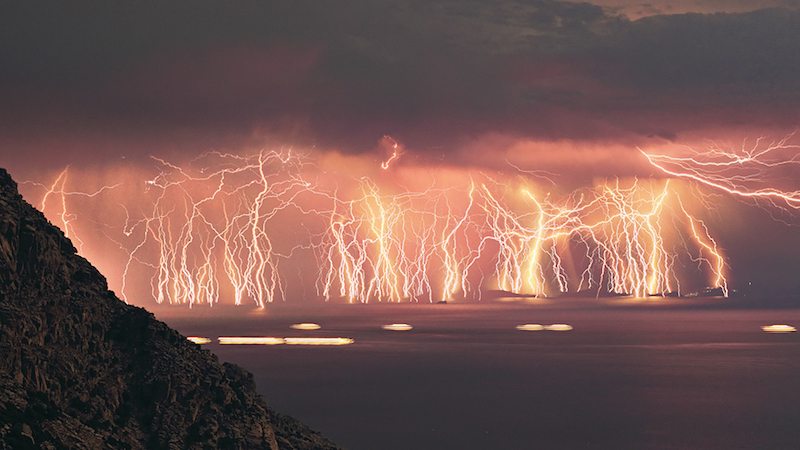Catatumbo lightning
What is Catatumbo Lightning?
- Catatumbo lightning is a mesmerizing natural phenomenon that occurs over the Catatumbo River in Venezuela, where lightning strikes almost continuously.
- This phenomenon primarily happens at the mouth of the Catatumbo River, where it meets Lake Maracaibo, the largest lake in Venezuela.
- Catatumbo lightning is distinguished by its frequency and duration: the strikes occur for up to 160 nights in a year, with an average of 28 lightning strikes per minute at its peak.
- The area has earned the title of “the lightning capital of the world”.

Cause of the phenomenon
- Warm, moist air from the Caribbean Sea is pushed towards the Andes mountains, where it collides with cooler air descending from the peaks.
- This collision creates a perfect storm of sorts, as the warmer air is forced to rise rapidly by the shape of the local landscape. And as it does, it cools and condenses, forming towering cumulonimbus clouds.
- Meanwhile, the combination of strong winds and temperature differentials generates electrical charges within these clouds. The cumulonimbus clouds — sometimes reaching heights of more than 5 km — load up on static electricity.
- When the electrical potential within the clouds becomes too great, it discharges in the form of lightning.
Subscribe
Login
0 Comments
